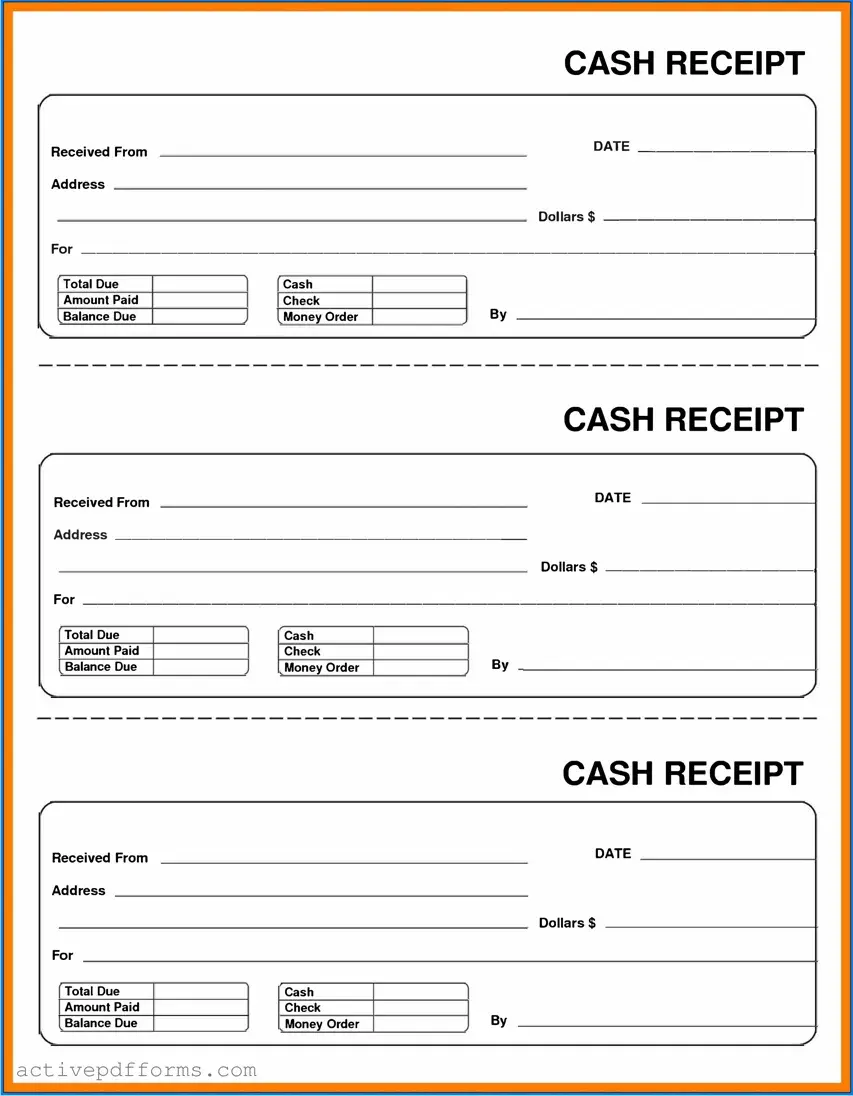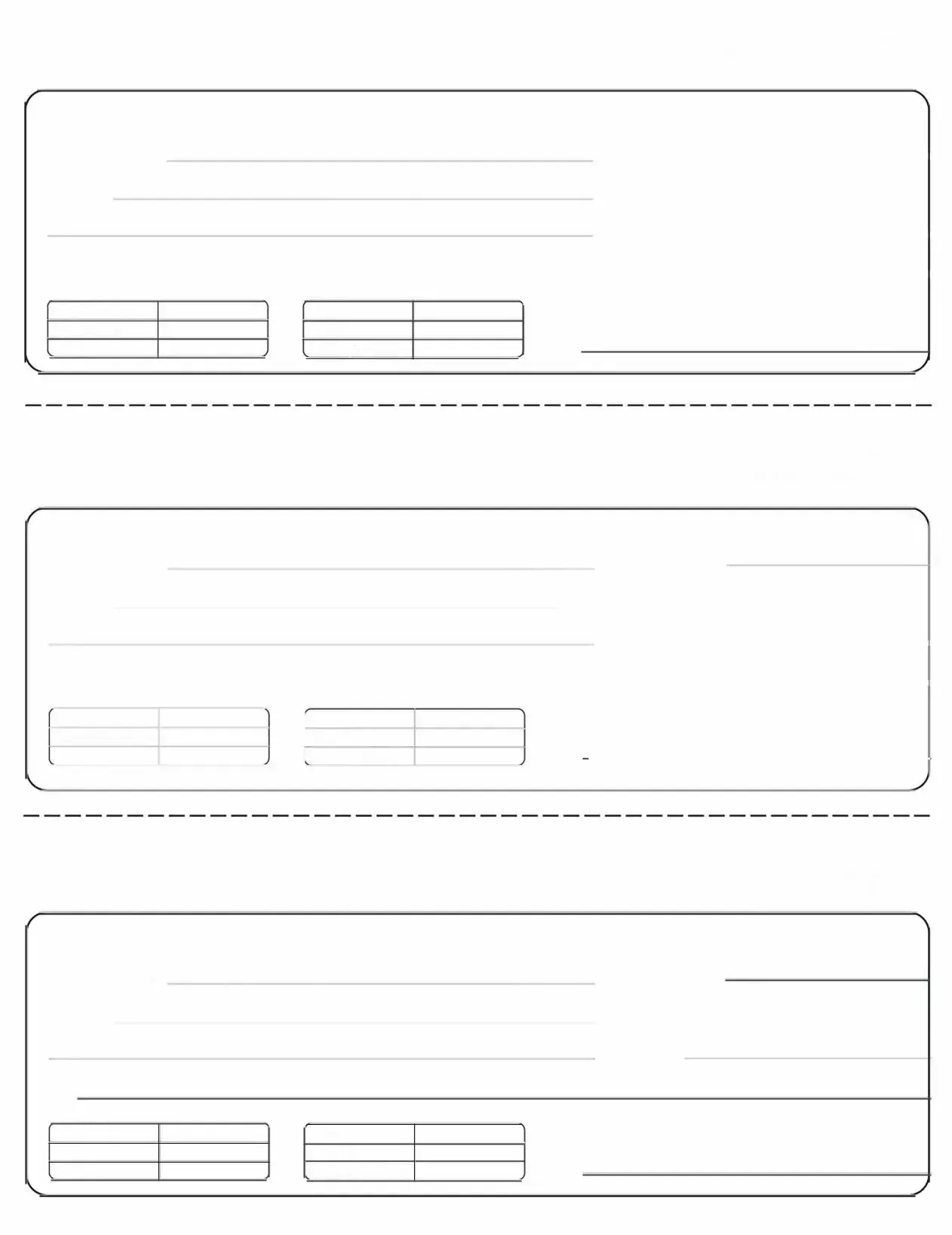In the ever-evolving landscape of financial transactions, the humble cash receipt form stands as an essential documentary pillar, ensuring a transparent, verifiable record of cash exchanges between parties. This foundational document, often overlooked in the age of digital transactions, serves multiple critical functions, from providing proof of purchase for consumers to serving as a vital record for businesses tracking their cash flow and preparing for tax filings. Its simplicity belies its importance, encapsulating not just the details of the transaction—such as the amount of cash exchanged, the date, and a description of the transaction—but also playing a key role in financial accountability and audit trails. In essence, the cash receipt form is a tool of financial governance, a testament to the transaction's integrity, and a safeguard against potential disputes, errors, or fraudulent activities. As such, it interconnects various stakeholders — consumers, businesses, accountants, and auditors — each vested in the accurate and honest recording of financial activities. Understanding its components, significance, and proper utilization is paramount for maintaining transparent and accountable financial practices in any cash-based transaction scenario.

